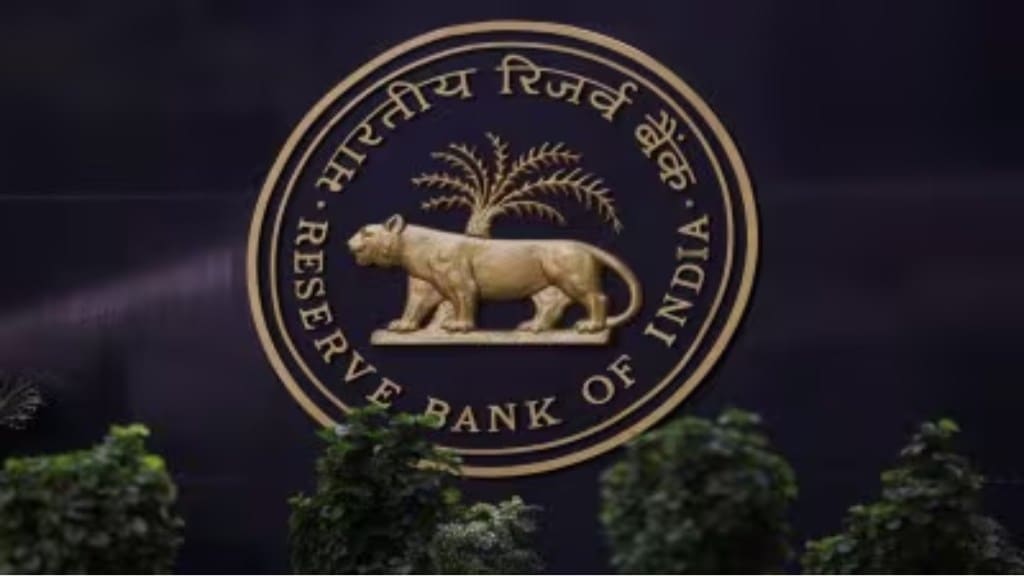In a move to modernise the credit ecosystem, the Reserve Bank of India (RBI) on Monday released a draft amendment to the Credit Information Reporting Directions, 2025, proposing a shift from fortnightly to weekly credit reporting.
Effective April 1, 2026, this mandate requires all credit institutions (CIs) and credit information companies (CICs) to submit full monthly files along with incremental weekly updates covering account closures, repayments, and reclassifications.
The circular also introduces CKYC number reporting, uniform data validation protocols, and monthly data quality index (DQI) scores, laying the groundwork for a more accurate and responsive credit infrastructure. This regulatory push is expected to be a step in the right direction toward daily credit reporting, which has gained a significant traction among bankers and policymakers.
At the FIBAC event last month, V Vaidyanathan, MD & CEO of IDFC First Bank, urged daily reporting, stating that “there is a need for daily reporting, as it enhances transparency, improves credit assessment, and ultimately benefits the consumer.”
RBI deputy governor M Rajeshwar Rao echoed this sentiment in his keynote address at Transunion CIBIL’s 25th anniversary in July, saying, “We must aspire to real-time or near real-time credit reporting. It improves underwriting precision, enables timely reflection of borrower actions like loan closures or repayments, and delivers a superior consumer experience.”
The move is beneficial to the entire system
From the consumer’s perspective, if they have made a payment, foreclosed on a loan, or updated their credit file, then this information is reported to CICs at a higher frequency. It also helps lenders, as consumer scores and the credit information are known on a near-real-time basis. When one looks at the benefits, it is the right thing and a progressive step because it is a win-win for everybody. This is important and critical to grow the credit ecosystem.
Despite the benefits, daily reporting is far from becoming an industry-wide standard due to operational and technological hurdles. A senior banker from a PSB said, “CICs face bandwidth constraints and legacy infrastructure limitations, while many banks struggle with the massive data compilation required.”
Agreeing with him, Aravind K, vice president & head of credit administration at Federal Bank, said, “Shifting to daily reporting will require significant technological transition, and the volume of data is substantial; the real challenge lies in system adaptability and process readiness.”
The cost implications are equally daunting. Tushar Patankar, chief risk officer at Yes Bank, stated, “Additional storage costs, cost of compute, and real-time updation of status are major barriers.”
Manoj Nambiar, MD at Arohan Financial Services, pointed out that KYC remains a bottleneck, with many borrowers carrying multiple IDs, making credit assessment unreliable. Moreover, credit bureau data is often outdated, making real-time lending decisions challenging in an unsecured environment.
Daily reporting
Despite these challenges, some banks have already started with daily reporting. Federal Bank has initiated daily updates for a segment of its portfolio with one credit bureau. Yes Bank also supports daily reporting, citing its potential to reduce information asymmetry among lenders. However, others are hesitant due to the massive data compilation required and associated costs.
The RBI’s weekly reporting mandate is more than a compliance update; it’s a strategic bridge to daily reporting. As deputy governor Rao believes, enhancing data freshness and improving data quality are two critical enablers, helping India’s credit ecosystem evolve into a real-time, consumer-centric model. While daily reporting may not be the norm yet, the direction is clear. The RBI’s latest circular signals that the future of credit assessment in India is not just faster, it’s becoming real-time.

